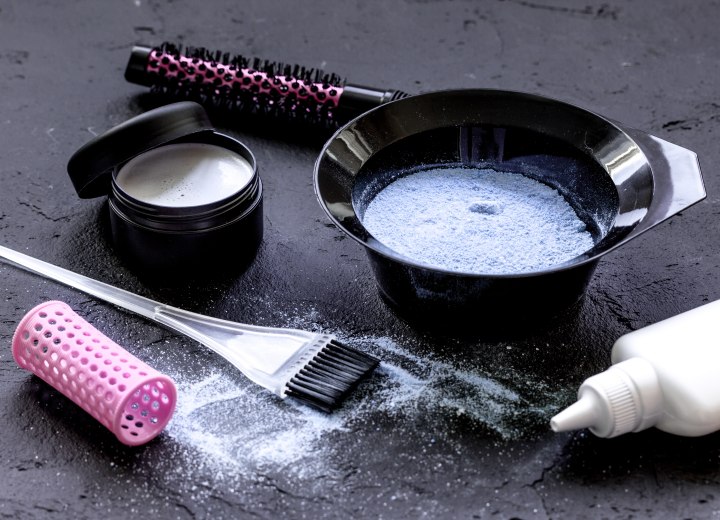Dyeing and Hair Loss

I have dark, dark brown hair and I'm looking to go dark blonde or a light brown. I was wondering if dyeing my hair would increase the chance of my hair falling out since it's hereditary.
A: Of the different factors that can cause hair loss, the “use” of hair color isn’t a major contributor. Chemical services for the hair are only likely to contribute to or cause hair loss when they are performed improperly – or are overused – and damage the hair or the follicles from which it grows.
I do want to note that there is a chemical called p-Phenylenediamine (PPD) that is present in some hair color products (as well as temporary tattoos) and has been shown to cause a sensitivity reaction in some individuals. Depending on the severity of the reaction and your level of predisposition to hair loss, you could experience adverse reactions to using products containing PPD. It is doubly important for ANY individual with a predisposition to hair loss and sensitivity to have patch tests done prior to any color or chemical hair service.
What you are describing with your mother and sister is called androgenic alopecia and is the same condition that causes patterned baldness in both men and women. The cause of Androgenic Alopecia is hormonal and genetic in nature. The problem is being studied, but there is still a lot that is unknown. What we do know is that many instances of hereditary hair loss are accompanied by and precipitated by changes in hormone levels.
As women age, the levels of androgens (“male” hormones) in the body increase, and with menopause, the levels of estrogen in the body can dramatically decrease. With the latter (menopause) the change usually limited to women of a certain age, while the former condition can be seen in women much younger (as young as late twenties or younger).
So, be sure to use a patch test and never use a product if you have any sign of sensitivity to it. Furthermore, remember that the more you “lighten” the color of your hair, the more damage you do to the internal structure of the hair.
©Hairfinder.com
See also:
Hair loss
Androgenic alopecia
Female hair loss and pattern baldness
How your hair and skin can change during the menopause